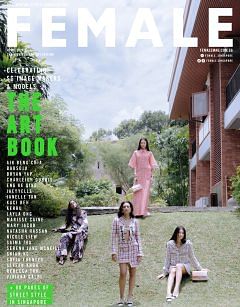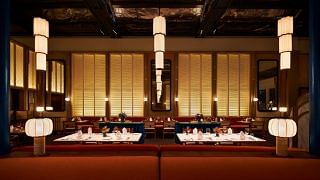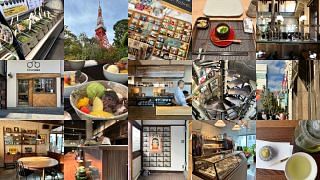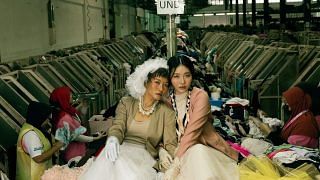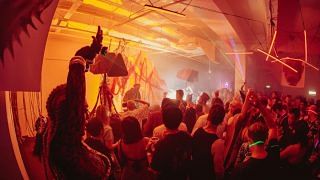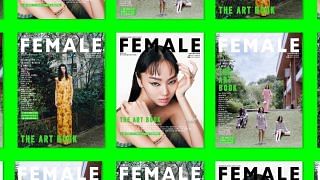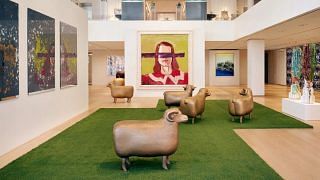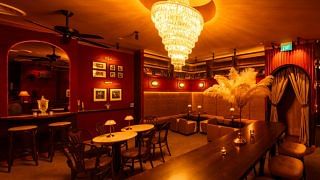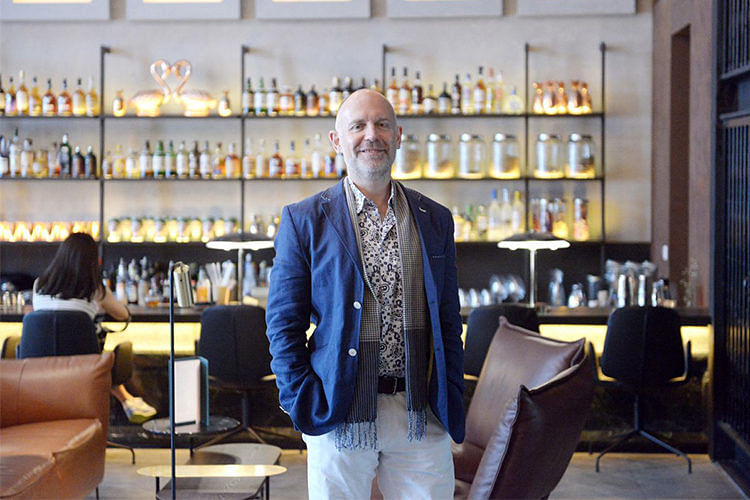
Mr Simon Westcott, owner and chief executive officer of Luxe City Guides, a publisher of stylish pocket guides based in Hong Kong, lived it up in fancy hotels when he was a young traveller. But he also cherished the budget wanderer’s life. He liked mixing it up.
So even in his 20s, he was checking into boutique hotels costing US$200 to US$300 a night at today’s rates. He fondly recalls a Moroccan haven, full of beautiful rugs, where he enjoyed breakfast on its rooftop overlooking the Atlantic. He paid top dollar to stay at the Amanpuri beach resort, a celebrity sanctuary in Phuket.
In parallel, he loved journeying in small windowless buses on dusty roads to anywhere remote or doing manic self-drives to exotic locales. In Salta, set in the Andean foothills of northern Argentina, he drove up a dangerous gravel road in a Hyundai, an adventure at once romantic and, as he confesses, poorly planned.
“I wasn’t stereotypically a backpacker or a pampered traveller,” says Mr Wescott, 53.
“That mix of adventure and comfort is what I took to Lonely Planet, Mr & Mrs Smith and Luxe City Guides,” the British travel and media entrepreneur says, referring to the trio of global travel brands where he played transforming roles in the last two decades.
At Lonely Planet, he was its global publisher from 2001 to 2007, taking the world’s largest guidebook publishing company online before it was sold to BBC Worldwide. Next, he co-founded Mr & Mrs Smith (Asia Pacific), a collection of boutique hotels, in 2008. Then in 2013, steering a group of 20 fellow investors, he bought Luxe City Guides for an undisclosed sum from its British founders Grant Thatcher and Jeremy Webb. The dapper duo had launched the brand a decade earlier, after a party guest in Singapore showed Mr Thatcher a photocopied list of cool things to do in Bangkok, that looked suspiciously like a savvy guide he had penned for friends and was, he suddenly realised, going viral.
That Bangkok list morphed into the first city guide and there are now 30 destinations in the Luxe portfolio. Mr Westcott has kept the witty, cosmopolitan voice and insider feel of the cult-status city guides, each folded like a fan. Every guide is packed with 500 to 600 laser-sharp opinions – in tiny font – on anything from standout stores to spas and coffee to seductive stays. Its Luxe Loathes section is a favourite. For Singapore, its loathes begin with: “Darn weather – this is a four-shirt-per-day city”. Service is labelled “inconsistent at best”.
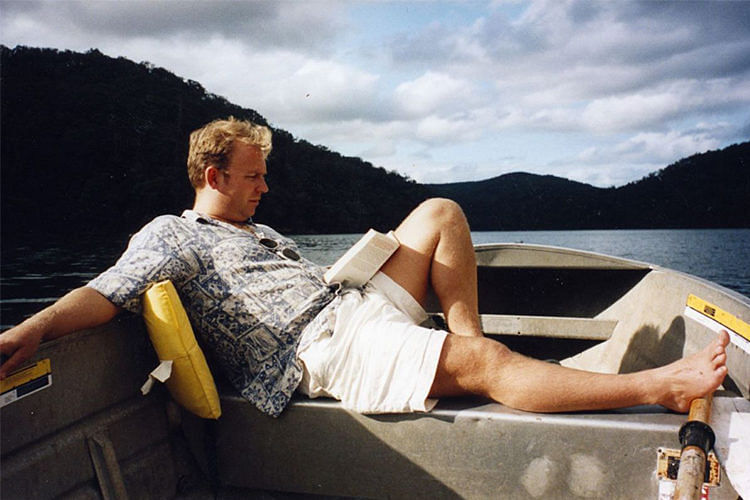
In May this year, Mr Westcott relaunched Luxe, pairing print and digital content, which is now constantly curated by 34 resident editors, all retainers, working with 14 staff. Through the years, 3.2 million copies have been sold. The print guide pairs with a complimentary six-month subscription to the digital guide to the same city, for a bundled price of US$19.99 (S$27). Digital content includes offline maps, customisable itineraries, weather information, a currency converter and other handy extras, on an app.
While Lonely Planet, Mr & Mrs Smith and Luxe City Guides have very different origins and niches, Mr Westcott has heightened their profiles with his digital savvy and personal ethos of eclectic, experiential travel. Mr James Lohan, 46, the British founder and executive chairman of Mr & Mrs Smith, thinks his friend of eight years is perfectly suited for a career in travel, saying: “He’s a genuine nomad – I think he could live anywhere in the world. He’s also always going to places way ahead of that ‘on-trend destinations’ curve.”
Certainly, Mr Westcott believes that in his youth, he was “an early adopter” of today’s travel trend of oscillating between saving and splurging. These choices are made easier with the explosion of budget airlines and the rising wealth of travellers, he points out. For instance, he sees sophisticated British travellers paying £19 (S$34) for a budget flight to Barcelona and staying in a sumptuous hotel – and then relishing street food and looking for extraordinary experiences. “We call it mix and match. It’s the freedom to point their cash at what matters to them.”
In some ways, this is the Lonely Planet frugal traveller all grown up, with spare change for Mr & Mrs Smith boutique hotels and, perhaps, on a quest for Luxe City Guides insider experiences. Mr Westcott sees this new amalgam everywhere, notably in China, an investment target for Luxe. He has been lucky to track the rise of the Chinese traveller – “the most rapidly evolving in history” – since 2005, when Lonely Planet was partnering a local publisher for a China guidebook.
“We had townhall meetings around the country, in backpacker Lonely Planet-ish cafes. I saw the first wave of young professionals who were availing themselves of more money than their parents ever dreamt of. But it still wasn’t that much money and they were on a shoestring and asking, ‘Is it safe to sleep on a bench in Edinburgh?'”
Take photos when travelling? No, thanks.
There has been a sea change in just 10 years. Now in their late 30s, the Chinese professionals have been promoted.
“They have voraciously travelled across the world. They speak English. They are going to the remote places I love – Atacama and Antarctica. I see them when I ski and at the Sydney Writers’ Festival.
“It’s a large segment because it is a large country – they are the powerhouse for the future. They are more like sophisticated Western travellers than unlike them.”
Hence, it is simplistic to generalise Chinese travellers as “busloads of tourists or millionaires spitting”.
As a travel trend-spotter, he also looks askance at the new direction favoured by international hotel groups, which are hiring designers for new boutique offshoots. He stayed in one such hotel in Shanghai, which piled on references to Old Shanghai with a riot of goldfish, map and brick motifs.
“The designer probably had a book of stories about Shanghai. The result was so overlaid, so confused,’’ he says wryly.
In contrast, in a place such as The Warehouse Hotel on the Singapore River, there are clearly just two or three elements important to the designer, he says. He notices the use of wood and industrial metal, paired with softer textures in the hotel, where the interview takes place.
“The Warehouse is very pared down and well integrated, unlike places that slightly collapse under the weight of their own hubris.”
Clearly, the rise of multimedia in the travel media industry is another relentless trend. Mr Westcott, who has had stints in marketing at The Age in Melbourne and Reed Consumer Books, understands the newspaper and book publishing trades. He begins by saying: “I’m unashamedly attached to print in all its forms. Print has a long and illustrious future.”
Consumers want more, however. “In the travel media space, travellers believe in the currency of digital rather than print.”
It is now an issue of intelligently merging print and multimedia and Luxe has an opportunity here, just like newspapers, he figures.
“Luxe assuages the distrust of print with a beautiful print guide that is easy to pull out of the pocket. It makes a lovely gift or keepsake,’’ says Mr Westcott, who earned his bachelor’s and master’s degrees in English Literature from Oxford, and a master’s in American Literature from Indiana University Bloomington.
In his personal life, print matters too. Mr Julian Knights, 60, a Luxe investor and founding partner of Ironbridge Capital in Sydney, says: “He tracked down an early edition of a very special book for my 60th birthday. He puts tremendous effort into getting things right.”
Alongside the love of print, Mr Westcott says Luxe is propelled by a “digital-centric vision”. While renewing the paper guide every 24 months or so, the digital version is replenished on a monthly cycle. “It’s constant curation, with new things coming in and some going out – reflecting the pulsing heart of a city.”
Naturally, some of the latest plans for Luxe have a digital heartbeat. “We are beginning to work with concierges who access our database and customise itineraries for each hotel guest.”
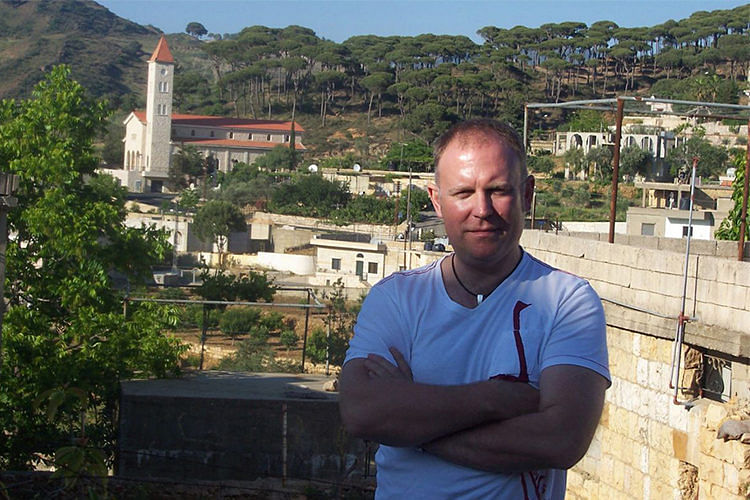
For all his digital smarts, he is ambivalent about sharing his travels on Instagram, with its “look-at-me” vanity rather than the traveller’s mindset of losing oneself in the story of the destination.
He thinks back to the pre-digital age, when he did not like taking photographs. As a young man, he travelled to volcano-framed Arequipa in Peru with a “mad keen photographer” who lugged equipment and set it up in the most beautiful places.
“The whole thing felt unrelaxing to me. I was consciously saying, ‘I’m going to remember this place’,’’ he says.
In the same way, his earliest travels are lodged in his mind’s eye, rather than on camera. At age 15, summer camp was in the southern French town of Rodes. “We had a mission to restore a mediaeval castle.” He spent an exciting summer in Lebanon as a volunteer in a pine-clad Christian village, where he turned 18, just before civil war really broke out. In his 20s, he visited Barcelona, which was exuberant and redefining itself culturally amid the Catalan independence movement. Cambodia was volatile at a time when current Prime Minister Hun Sen was taking power and there were only eight people in the Angkor Wat complex when he visited.
These days, he is still “oscillating” as a traveller too, as he sees it.
Agreeing, his romantic partner, Ms Anjali Nihalchand, 40, founder of Pollination Projects, a brand marketing and communications agency, says: “We both enjoy the ‘luxe’ aspect of travel, but equally love the ‘street’ experience of each place, getting right in there.”
Ms Nihalchand, a Hong Kongborn Indian, continues: “He remains curious and adventurous despite the extent of his travels. He doesn’t need to tick things off a list, but engages with a place and people in the most natural way and allows for serendipity.”
Mr Westcott has travelled afar since growing up in beautiful, leafy Amersham north-west of London.
“My fascination with travel grew almost as a reaction against that safe, suburban English life.” His parents, now in their 80s, still live in Amersham.
His father ran an advertising firm, while “mum was a mum”. He was an adopted child and grew up with an adopted sister. For relaxation, he meditates, which he has done the past 16 years. The classically trained musician has done pro-bono work for Melbourne’s Malthouse Theatre and the Hong Kong International Literary Festival. He hikes often, plays tennis, swims, rides horses and skis. And so he lives the Luxe life, though he will tell you that Luxe is a “a dimunitive form of luxury” and the guides are not named Luxury.
“Luxe is about the intensity of the experience, whether it is a rooftop pop-up bar in graffiti-strewn Sao Paulo or a three-century leather goods maker in Florence. It’s that very intense experience at various price points.”
Correction note: An earlier version of the story stated that Pollination Projects makes seed grants to social changemakers. It is a brand marketing and communications agency. We are sorry for the error.
This story first appeared on www.straitstimes.com
Like this? Check out the upcoming book to movie adaptations you shouldn’t miss, the new bars and clubs in Singapore to put on your radar and out-of-the-box millennial owned businesses to know.
